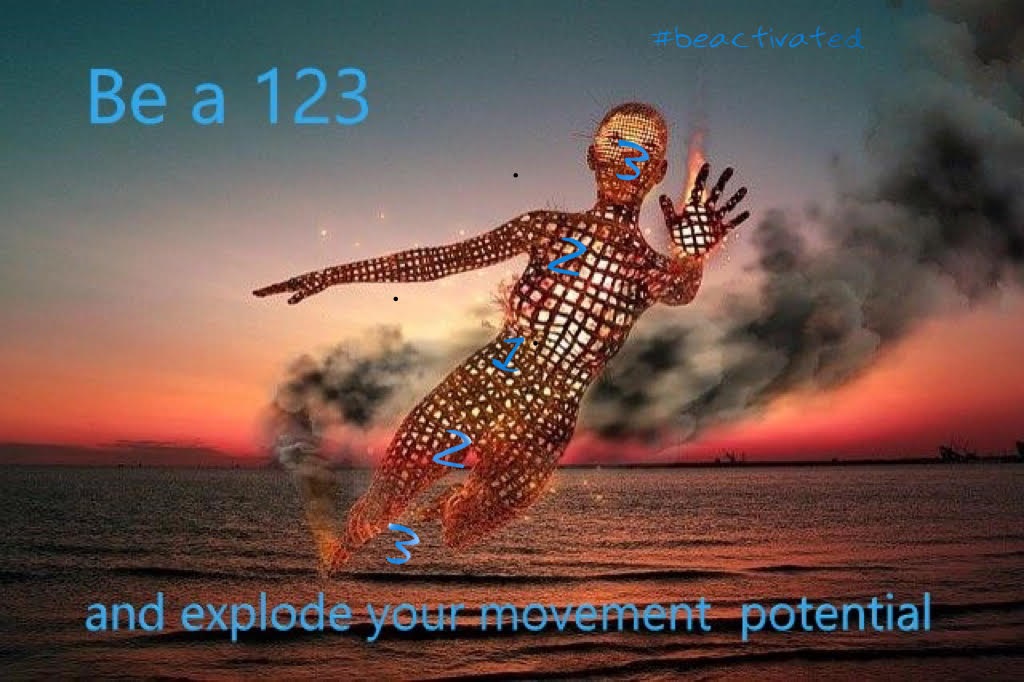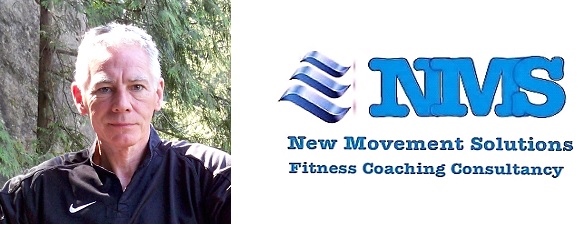
Be Activated Technique - The Douglas Heel Method
A look into how Neuro-muscular Activation can identify the true cause of your constant pain….
Your body has two survival priorities.
The first should be really easy for you to guess… it needs to breath.
The second priority is to move. Without moving, the body cannot breath and without breathing the body cannot move for any length of time. So to begin with, we can accept that each priority relies on the other.
At New Movement Solutions, I always want to discover the cause of why something has happened in order to be able to help you fix it, as well as focusing on the symptoms of your injury. In most cases, the mechanism of an injury can be directly related to a compensatory pattern that you are relying on to meet your survival priority to move!
As part of our sessions, we will look at these harmful compensatory patterns and re-correct the way you are moving to prevent re-injury in the future, and usually to relieve a lot of discomfort that is already present.
So you’ll want to know how the process works, won’t you?
The start point is always working out what your current movement pattern is for flexing your hip (lifting your leg out/up in front of you). With everyone, we begin with movement of the hips for a very good reason; your hip flexor (psoas major muscle) is the only muscle in the body which crosses from the top half of your body to the bottom half, bypassing the pelvis. All other muscles around your pelvic region either attach at the pelvis (insertion point) or begin at the pelvis (point of origin). Your hip flexor should in theory be involved in most, if not all movements you make with your body. This brings about a problem if your psoas major can no longer flex your hip effectively?
What if it becomes injured, or it becomes too tight or fatigued to work efficiently?
You won’t move very well, if at all. So what does your body do? It finds another way to move in order to survive. Remember - it’s a priority to be able to flex your hip, or else you cannot move.
Fortunately, your brain is super smart (or your central nervous system is). It can change the way you move to create hip flexion using other muscles! The only problem is, there is no other singular muscle which crosses over the pelvis like the psoas major. This means you have to use two muscles to compensate for it. It could mean that you start using your abdominals to stabilise your pelvis and then use your quadriceps to flex your hip.
But it could also be that you use your opposite shoulder, your neck and your jaw muscles to drive towards the hip at the same time your shin muscles drive towards the hip, creating hip flexion.
Either way, muscles which shouldn’t normally be involved in flexing the hip are now very much involved, even being relied upon, creating overuse and early onset of fatigue as they try to complete their own functions as well. This then prompts the snowball effect to begin and where two muscles compensate for the hip flexor, other muscles have to compensate for those two muscles, and so on. Eventually there will be nothing left to compensate, and something is likely to break. Cue injury onset!
The Be Activated Technique uses a number system to assess this by separating aspects of your body in to three zones:
zone 1 - refers to your hip function
zone 2 - refers to the areas immediately above and below your hips
zone 3 - are the areas furthest away from your hips
So if you are working perfectly you would be classified as using a 1-2-3 function, meaning zone 1 is working for zone 1, zone 2 is working for zone 2 and so on. If your quadriceps and abdominals are combined for hip flexion you would be classified as a 2-3-3, meaning your quadriceps in zone 2 are working for zone 1, your zone 3 is compensating for zone 2, and zone 3 is also doing it’s own job.
Put that together with the likelihood that the diaphragm, the main respiratory muscle (which shares connective fibres with the psoas major) is unlikely to be working well either due to these compensations, you have two compromised survival priorities. Therefore as part of the process I also look at how you are breathing. I look to see if you can engage your diaphragm to breath with or if you are purely relying on your accessory breathing systems (chest, lateral collateral system and the apical system) to take in your much needed oxygen to survive. You should be able to stop reading now and take a big breathe in and feel where your breathe is going in to…
So I use this tool to not only assess for your harmful compensatory patterns but to retrain your body to move and breath the correct way again, prompting the hip flexors and the diaphragm to begin their work as normal. It then becomes a management tool for injury, exercise and even stress!
Once your body is firing on all cylinders you should see some notable improvements in strength, speed, power, flexibility, endurance, balance and coordination, just to name a few. Improvements in breathing can be beneficial to your sleep, rest and recovery rate and prevention of injury and illness.
Getting this aspect of your treatment right is fundamental in how quickly you recover from injury and exercise and is often seen as the missing link in treatment protocols.
For further information on Neuro-muscular Activation or to book your consultation contact us now
